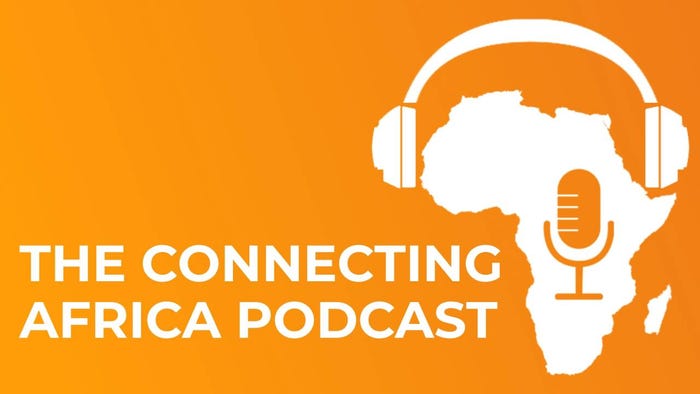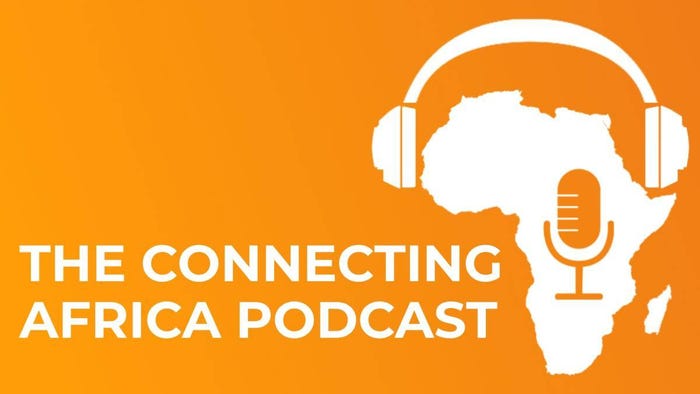5G could reach 43% of SA population by 2025 – Africa Analysis

Although 5G is still in its infancy in South Africa, it could see 11 million subscribers and 43% population coverage by 2025, compared to just 4% now, if all goes well.
That's according to the 2021 South Africa 5G Market Outlook Report from Africa Analysis, a SA-based ICT market research and analysis firm, which gives some predictions of how the 5G market is likely to evolve in the country over the next several years.
The potential growth is significant compared to the estimated 90,000 subscribers and 4.4% population coverage for 5G at the end of 2020. The SA mobile operators have big plans for 5G infrastructure deployment, Africa Analysis says.
"5G is expected to continue building on the 4G (LTE) services but additionally enable a far broader range of use cases and new technologies. It will even enable the use of robots to perform an array of tasks presently performed by humans – something we have been reading about in science fiction novels for decades," said Dobek Pater, director of business development at Africa Analysis.
In the past, South African network operators have been amongst the early adopters of new mobile access technology.
Pater said this is based on the dates of the 2G, 3G and 4G launches in South Africa against the dates for all networks launched in these generations across the globe, with SA typically among the first 10% of networks launched.
The launch of 5G by Rain in 2019 continued with this trend, and in 2020 MTN and Vodacom both launched 5G services.

Spectrum delays
However, looming lawsuits from local operators Telkom and MTN could derail plans for a March 2021 high-demand spectrum auction by the Independent Communications Authority of South Africa (ICASA). The regulator also plans to license the Wireless Open Access Network (WOAN) around the same time.
The irony is that South Africa's mobile network operators have been waiting for over a decade for ICASA to release new spectrum – but now some operators are not happy with aspects of the auction process and the lawsuits could cause yet another delay in assigning this prized spectrum.
Up to this point, operators have been forced to re-farm their existing allocations of 2G and 3G spectrum in order to deploy new 4G technology, as the country's data demand has continued to grow.
Data boom
"At 73% year-on-year growth, 2020 saw the highest increase in mobile data usage in three years, reaching a total of 2.6 exabytes for the year. This was due in large part to the COVID-19 lockdown restrictions and much of the social, educational and even business activity taking place from the home," explained Pater.
He said this demonstrates the requirement for high-speed, good quality broadband connectivity for the home which will form the foundation for a subsequent range of home applications.
"The Enhanced Mobile Broadband (eMBB) use case will be the first and probably the most extensive to be used by the consumers. In this regard, 5G will complement but also compete in some areas with fiber-to-the-home."
Africa Analysis said the key drivers of 5G services uptake will be requisite spectrum assignment, low-cost smartphones and other devices, prepaid offerings and network roaming.
The existing operators have entered into strategic roaming agreements with each other. Additionally, the planned WOAN will drive competition in the market through the provision of wholesale services to retail service providers.
Enterprise prospects
The enterprise market is expected to be the main driver of the more sophisticated use cases, with 5G enabling technologies such as the Internet of Things (IoT), real-time analytics, artificial intelligence and augmented/virtual reality.
"IoT will see significant growth on the back of 5G across different vertical sector. Mining, manufacturing, agriculture, utilities (energy and water) will be some of the first and main verticals to implement it extensively for process automation and better resource management," the report predicts.
Want to know more about 4G and 5G in Africa? Check out our dedicated 4G/5G content channel here on Connecting Africa.
To achieve the intended uptake, the operators who end up having additional spectrum licensed (including the WOAN) are expected to invest heavily in network infrastructure, as both further 4G and 5G rollout.
Pater said spectrum in the 3.5GHz frequencies, to be assigned later this year, will see the most use for 5G deployment over the next five years, with close to 30,000 5G sites being commissioned.
"This will also account for most of the population coverage. The remaining sites will be built using the 700MHz and 800MHz frequencies (although this will mainly see 4G deployment) and the high-band frequencies, from 26GHz and 28GHz upwards (currently held by some operators in the market). All three spectrum frequency bands are suitable not only for eMBB but also for massive Machine Type Communications (mMTC) and Ultra Reliable Low Latency Communications (URLLC)," he said.
"In general, 5G will require greater site densification than 4G which will require more fiber for backhaul and will present opportunities for the provision of fiber-to-the-site links," Pater concluded.
The full 5G market outlook report is available from Africa Analysis.
Related posts:
*Top image source: Background vector created by freepik - www.freepik.com.
— Paula Gilbert, Editor, Connecting Africa


_(1).jpg?width=700&auto=webp&quality=80&disable=upscale)
.jpg?width=700&auto=webp&quality=80&disable=upscale)
.jpg?width=700&auto=webp&quality=80&disable=upscale)


.jpg?width=700&auto=webp&quality=80&disable=upscale)

